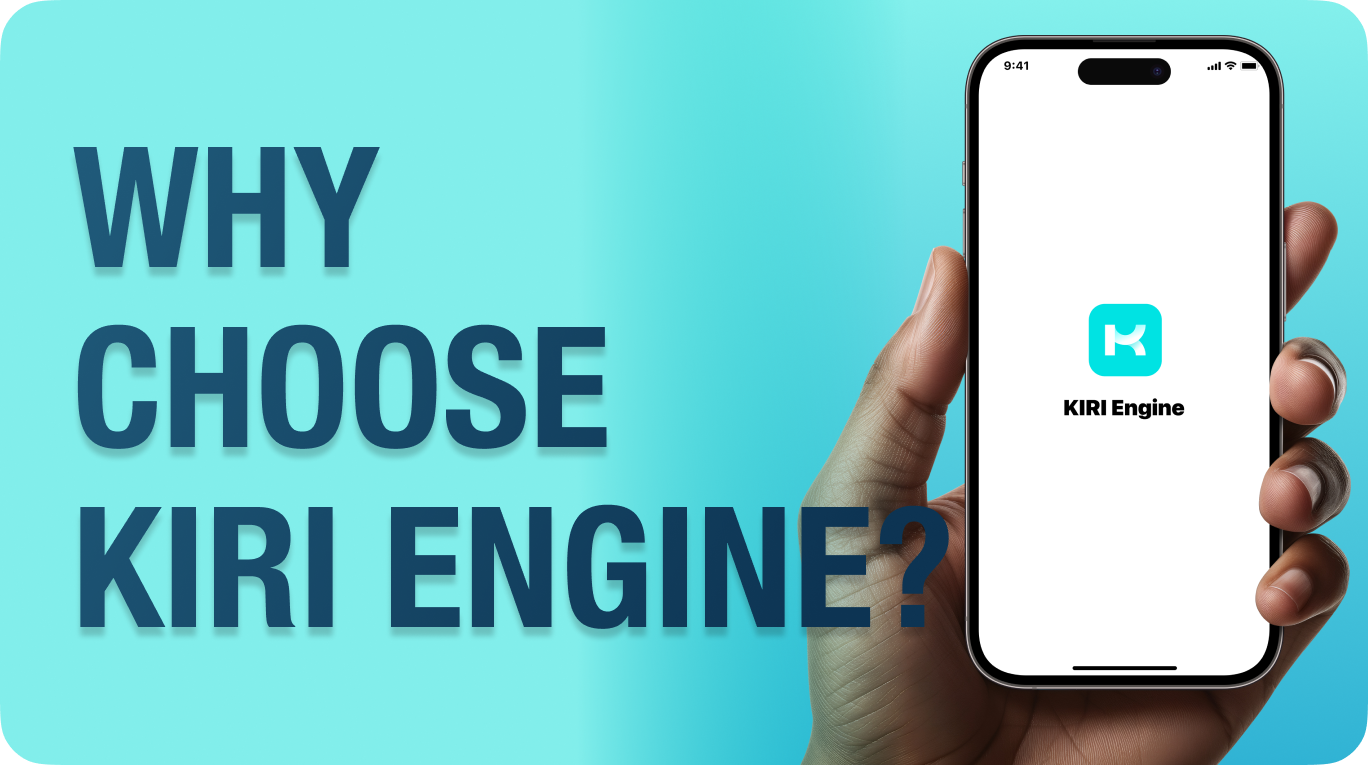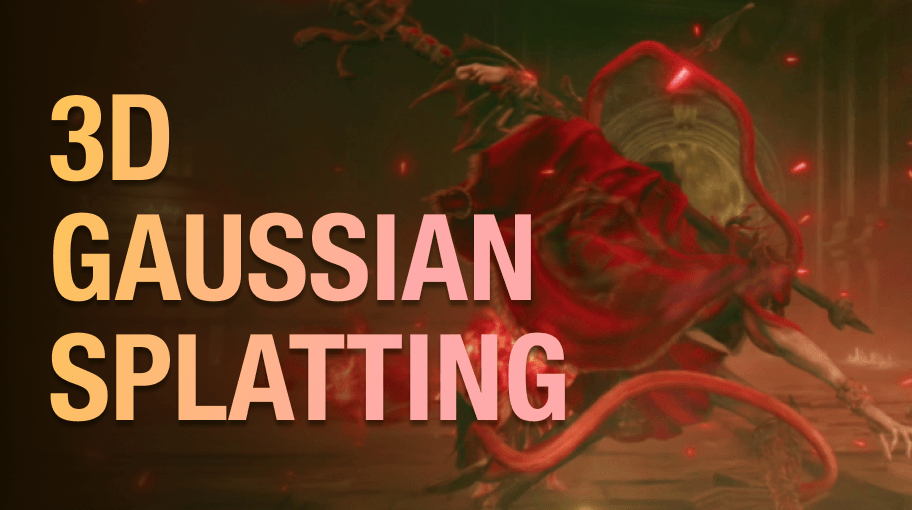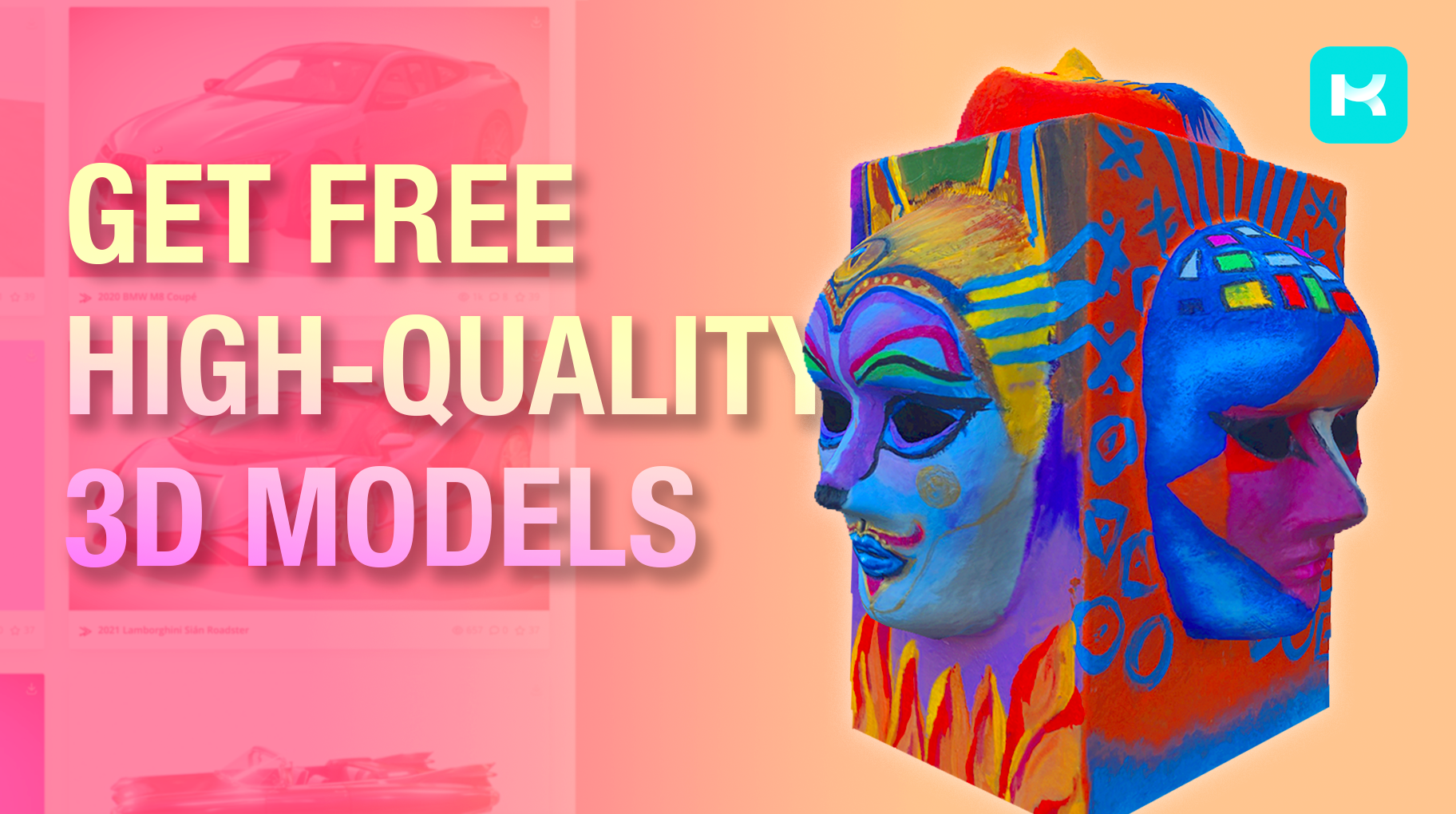LiDAR VS PHOTOGRAMMETRY, WHAT'S THE CATCH?
LiDAR and Photogrammetry—two powerful methods for creating 3D models! This article dives into how each technique works, their strengths, and which one might be better suited for your needs, whether you're scanning environments or creating detailed models.
Ah, LiDAR and Photogrammetry, the dynamic duo of 3D modeling techniques! These two methods have been revolutionizing the way we create 3D models of our surroundings. LiDAR uses laser beams to scan the environment, while Photogrammetry uses photographs to create 3D models. But which one is better? Let's find out!
LiDAR generated 3D models:
LiDAR generates 3D models by using laser beams to measure the distance between the sensor and the objects in the surrounding environment. LiDAR sensors emit laser beams that bounce off objects and return to the sensor, providing information on the distance, shape, and size of the objects. LiDAR can quickly scan large environments in almost real-time, making it ideal for applications such as self-driving cars, urban planning, and environmental monitoring.
However, LiDAR generates far less detailed 3D models than photogrammetry, especially for smaller objects. This is because LiDAR relies on the reflection of laser beams to detect objects, and smaller objects tend to reflect less light, making them harder to detect. As a result, LiDAR-generated 3D models tend to lack fine details, such as textures and colors.
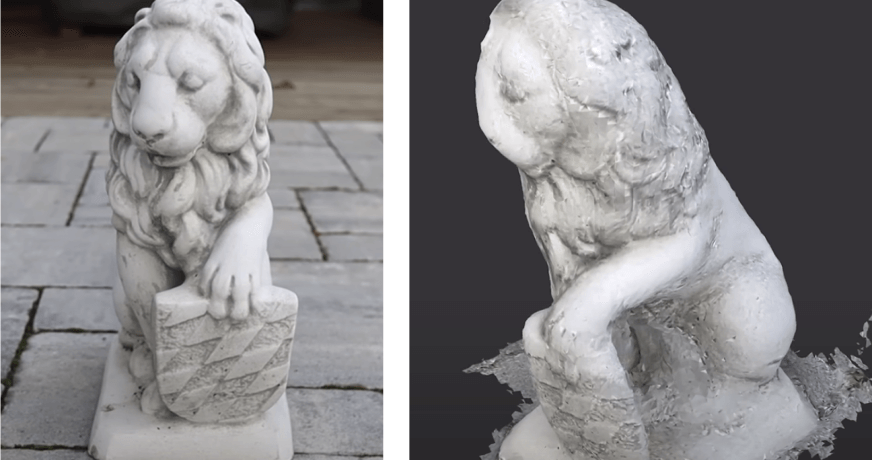 A LiDAR-generated 3D model (Right) from the real-world object (Left)
A LiDAR-generated 3D model (Right) from the real-world object (Left)
Photogrammetry generated 3D models:
Now, let's talk about Photogrammetry. It's like the artist of 3D modeling techniques. Using photographs from multiple angles, it creates highly detailed 3D models of objects and environments. This technique is perfect for applications like game prop development, film after-effects, cultural heritage preservation, or just wanting to generate stunning 3D models for fun. Photogrammetry captures even the tiniest details, making it a go-to choice for those who want highly detailed 3D models.
However, like all artists, Photogrammetry takes time. It requires multiple photographs taken from different angles, which can be time-consuming. If you're in a rush and need a real-time scan, then Photogrammetry might not be the best choice. But hey, gladly KIRI Engine comes to the rescue because even if you are in a place with a poor internet connection, you can always save the photographs to the KIRI Engine draft and upload them later. Once uploaded to the cloud, you can close the app and do your own stuff. You will get a notification on your phone when the processing is completed.
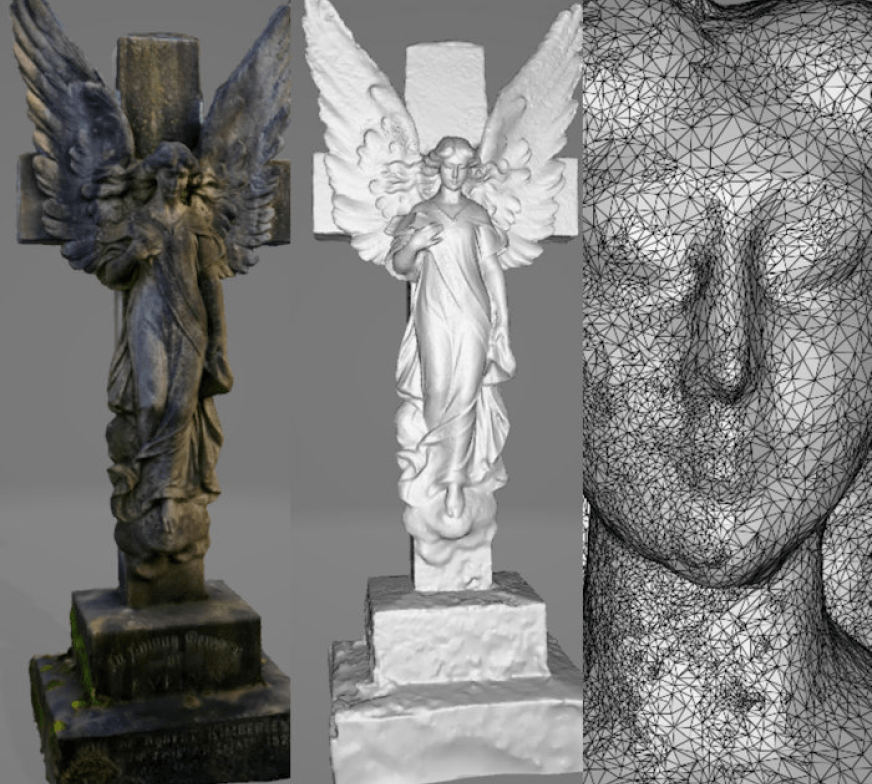 (3D scan generated from Parth3D, using the KIRI Engine. Read the full comparison article here: https://parth3d.co.uk/spectre3d-versus-kiri-engine-versus-3d-scanner-pro)
(3D scan generated from Parth3D, using the KIRI Engine. Read the full comparison article here: https://parth3d.co.uk/spectre3d-versus-kiri-engine-versus-3d-scanner-pro)
Comparison of LiDAR and Photogrammetry:
LiDAR and Photogrammetry are like yin and yang, each with its own strengths and weaknesses. LiDAR is the go-to choice when it comes to quickly scanning large environments in almost real-time. Photogrammetry, on the other hand, is the go-to choice when it comes to creating highly detailed 3D models for 3D creation.
But putting all the pros and cons aside, let's be real. How many people have LiDAR-equipped iPhones anyways? If you have a high-end iPhone Pro, great, you have the LiDAR option for good, but for Android users? There's no superhero who comes to the rescue. That's why KIRI Engine is loved by both iOS and Android users, it has no hardware requirement, and it can generate high-quality 3D scans no matter if it's a top-tier iPhone or an old Android phone.
